Rohingya document their lives
by Shafiur Rahman
In March of 2020, as the Covid-19 pandemic spread throughout the world, the forecasts were dire for the Rohingya living in the refugee camps of Bangladesh. The camps are congested places with a very high population density and rudimentary sanitation. Access to water is challenging in many of the camps. The preparedness of the entire Cox’s Bazar region of Bangladesh, where the camps are situated, was a source of concern. Compounding this, the refugees did not have access to the internet. Bangladesh had restricted their access to 3G/4G internet services.
This exceptionally worrying set of circumstances provided the impetus for holding the Rohingya Photography Competition. The camps became out of bounds for journalists and aid workers in the strict lockdown that ensued. Documentation of the daily challenges of existence within the refugee camps fell to the Rohingya themselves.
The competition had two simple and broad themes - “Response to Covid-19” and “Rohingya Life.”
Who are the Rohingya refugees?
Rohingya refugees in Bangladesh come from Rakhine State in Myanmar. Over
the last four decades, they have been effectively rendered stateless and
subject to persistent human rights violations, and mass expulsions from
the country. In 2019, a case was filed before the International Court of
Justice (ICJ) alleging that Myanmar’s atrocities against the Rohingya in
Rakhine State violate various provisions of the Convention on the
Prevention and Punishment of the Crime of Genocide.
Why are they in Bangladesh?
In August 2017, more than 740,000 Rohingya suffered extreme violence at
the hands of the Myanmar military and fled to neighbouring Bangladesh.
There have been periodic episodes of catastrophic violence resulting in
the exodus of hundreds of thousands of Rohingya. Some of the Rohingya
have been refugees multiple times
What hope is there for the Rohingya to return to Myanmar?
The bulk of the Rohingya in Bangladesh were made refugees in 2017. They
escaped murder and mayhem and the burning of their villages by the
Myanmar military. Thousands lost their lives in August and September
2017. Refugees believe that for any repatriation to work and be
sustainable, their safety has to be guaranteed and rights, including
citizenship rights, need to be restored. The Myanmar military coup of 1
February 2021 presents both challenges and opportunities for the
Rohingya.
Photographer:
ABUL KALAM
First prize winner - Rohingya response to Covid-19 category and Second Prize winner, Photo series category

"Fire in Kutupalong. Fires are regular occurences in the camps. In 2020, several children died in such fires. "

"Children wearing masks to protect against Covid-19. Learning centers closed throughout the lockdown and continues in 2021"
Photographer:
NORUL AMEEN
First prize winner - Rohingya response to Covid-19 category and Second Prize winner, Photo Series Category. Ameen, 48, has been a refugee three times in his life. The first time being 1978.

"Social distancing in No Man's Land."
Photographer:
MOHAMMED ZOBAIR
Finalist. Refugee
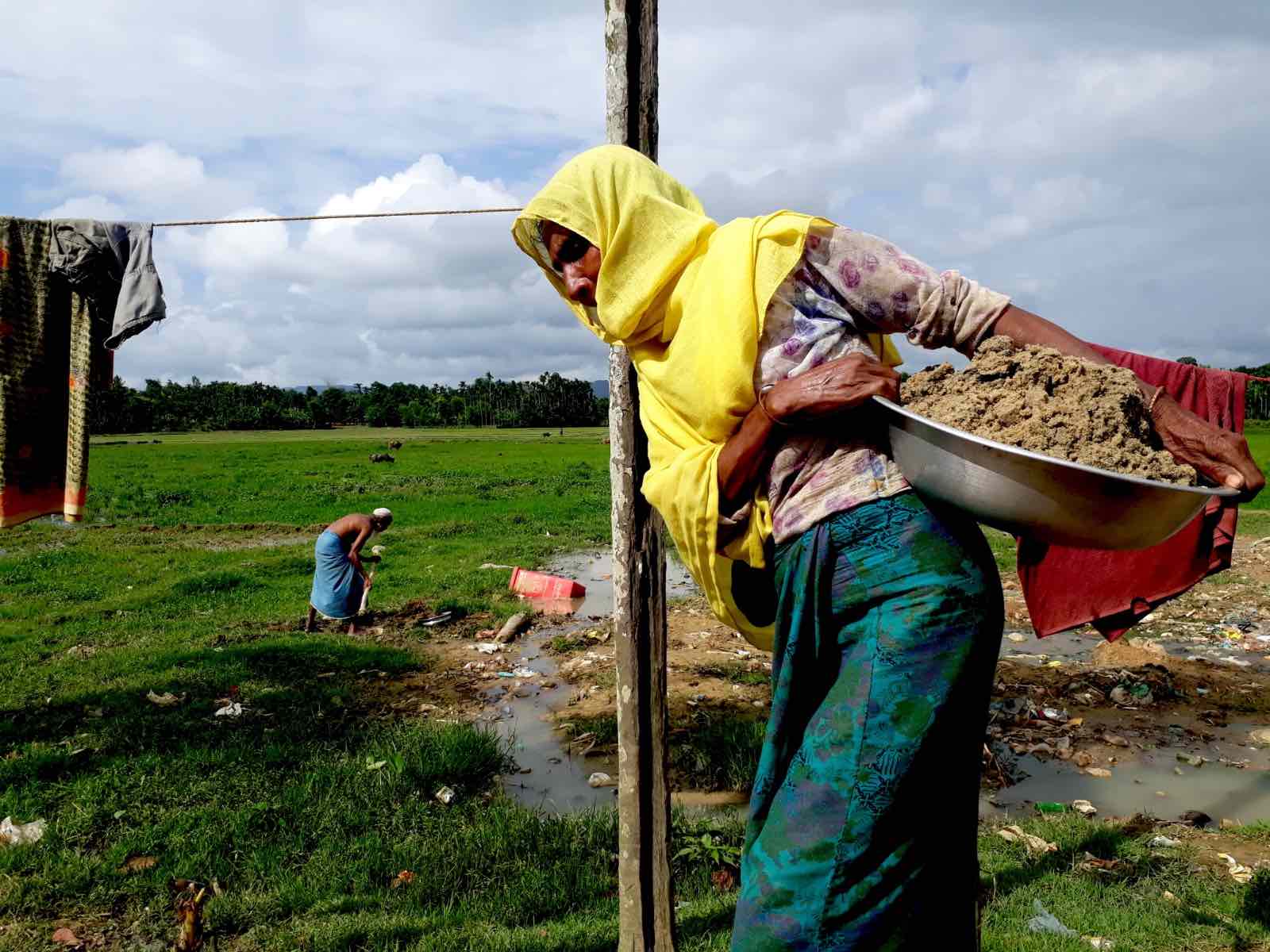
"Elderly woman carrying mud to repair her shelter."
Photographer:
RO ANAS
Finalist. Refugee since 9th October, 2016.
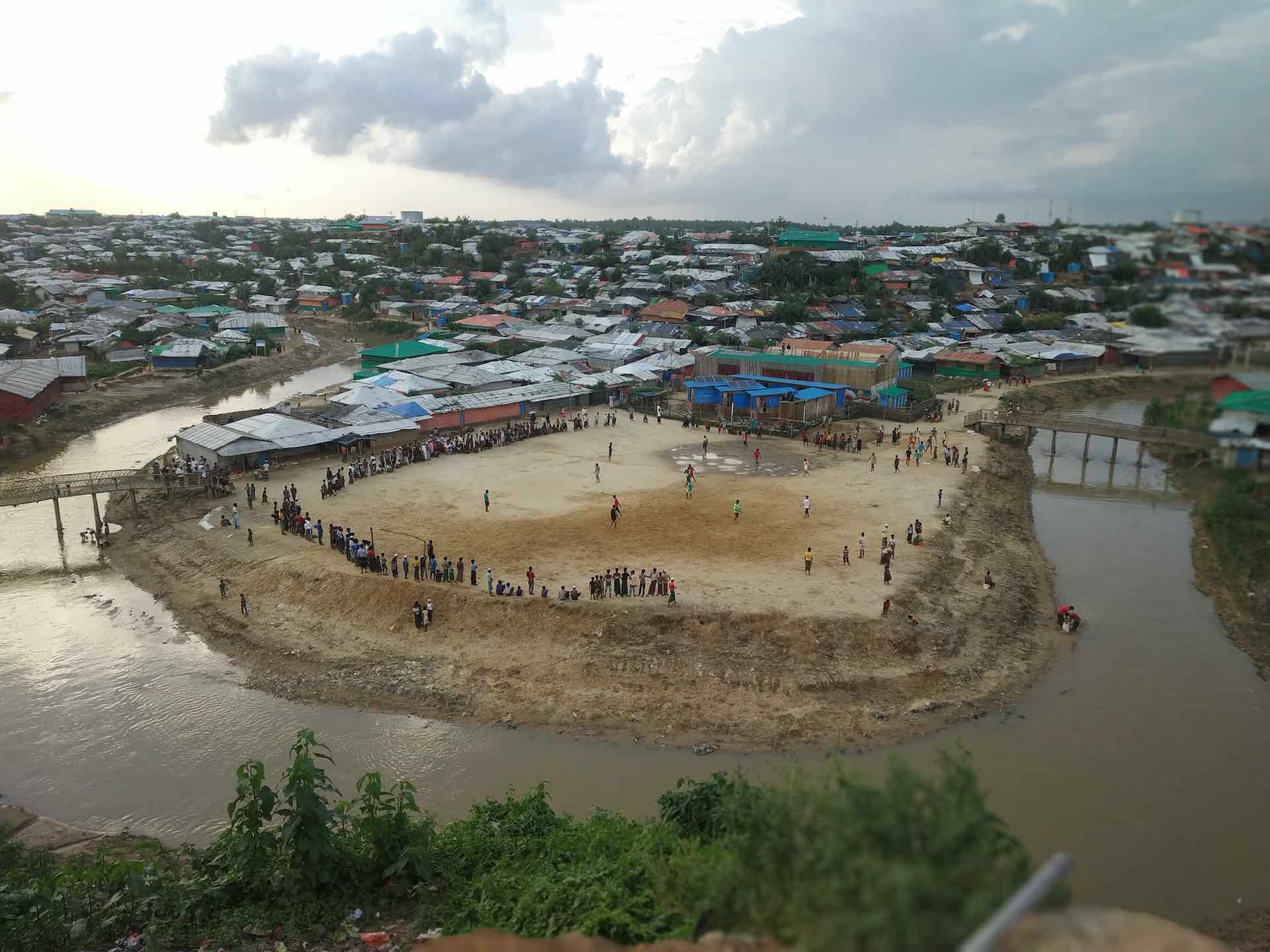
"View of a football match in a Rohingya refugee camp. "
Photographer:
MOHAMMED HOSSAIN
Prize winner. Response to Covid-19 category. Born in 1988, Sindheprang, Myanmar. Hossian became a refugee at the age of 4.
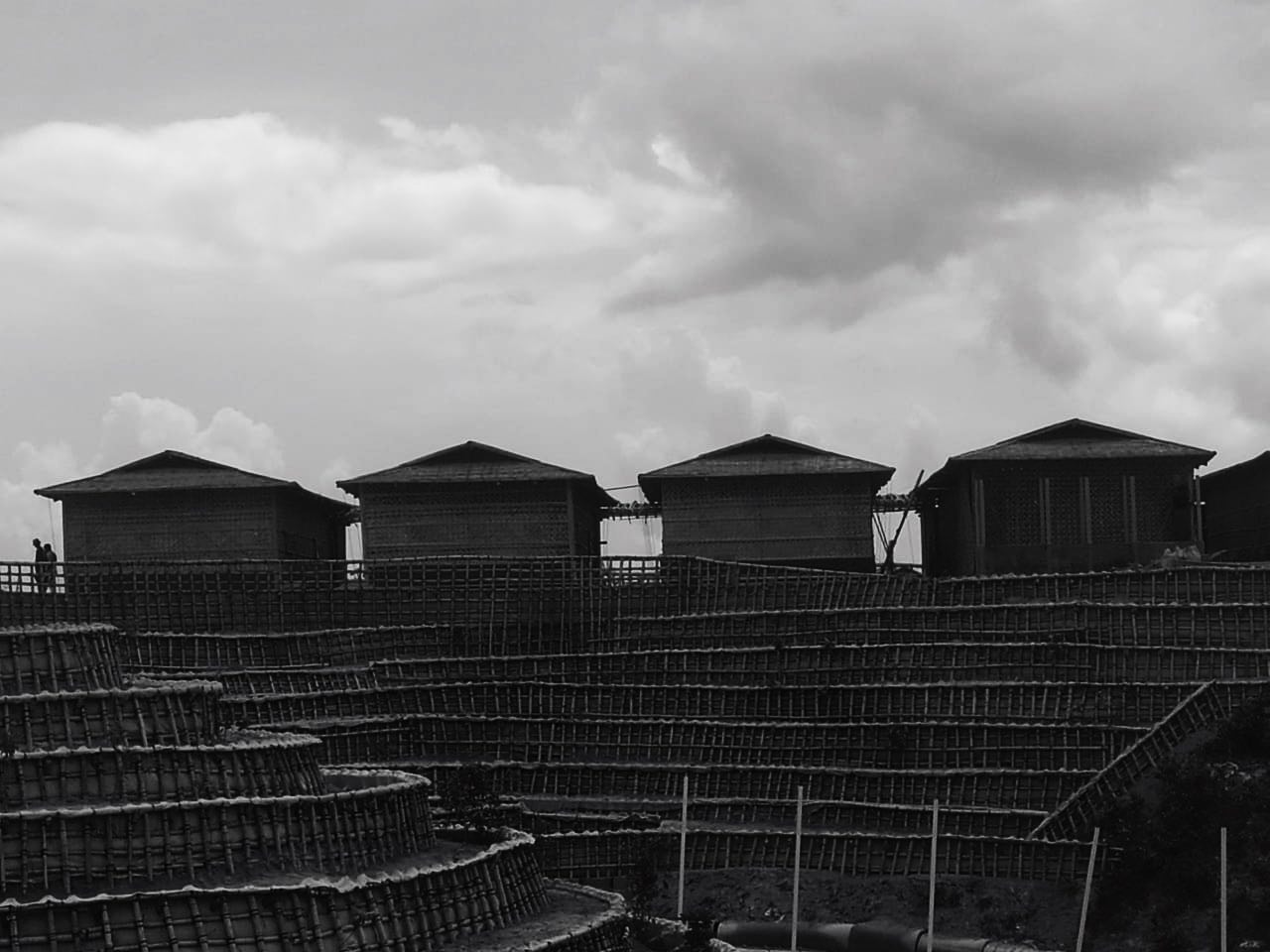
"Covid-19 isolation clinics."
Photographer:
MOHAMMED SALIM KHAN
Prize winner, Rohingya life category. Salim was born in Bangladesh. His parents became refugees in 1991.

"Portrait of a Rohingya refugee woman in blue."
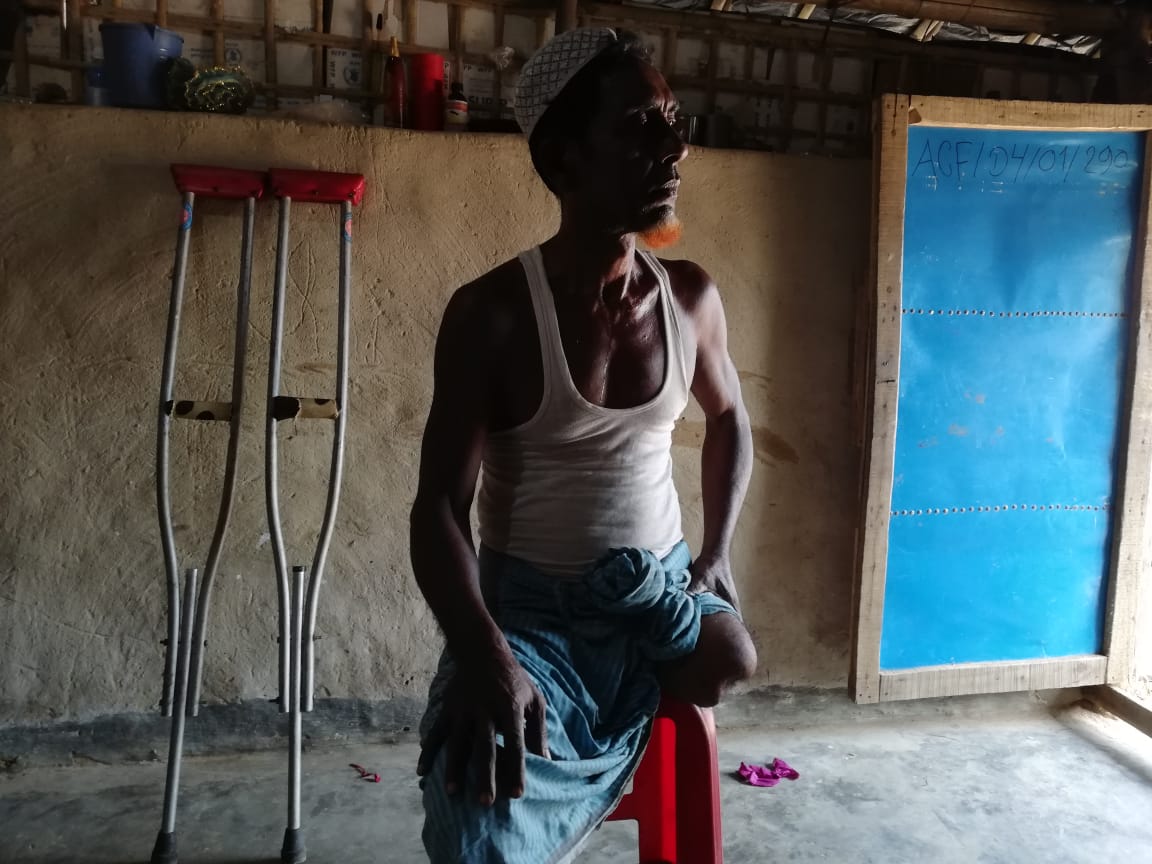
"Dignity in adversity."
Photographer:
DIL KAYAS
Prize winner, Response to Covid-19 category. Dil Kayas, 27, has been a refugee since August 2017. She is a Fortify Rights Media fellow.

"Coal irons are expensive and very few people own them. "
Photographer:
NORUL AMEEN
Prize winner, Photo Series Category. Ameen, 48, has been a refugee three times in his life. The first time being 1978.
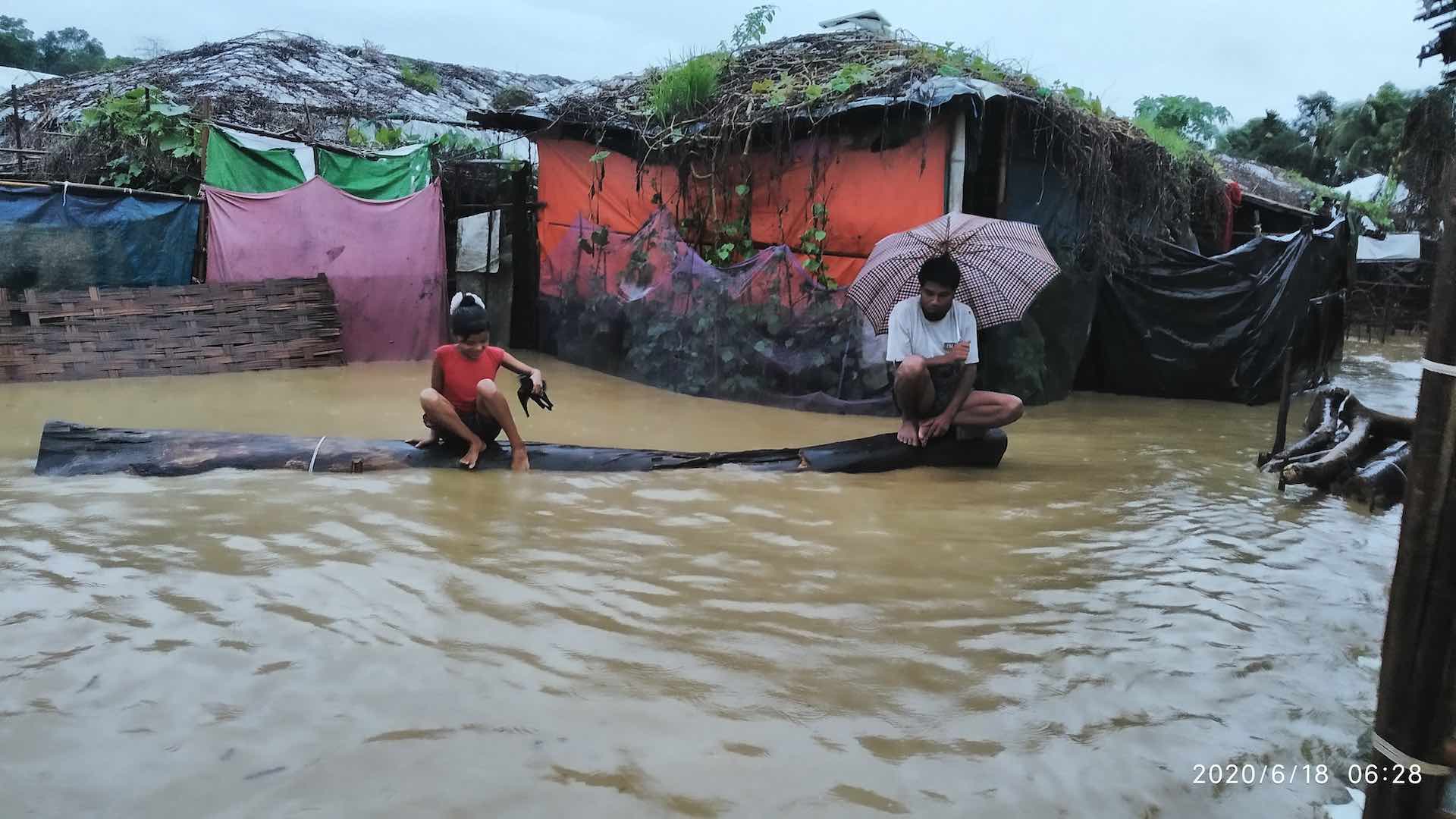
"No Man's Land is flooded annually. Tubewells & toilets become unusable. "
Photographer:
NASEEMA
Finalist. Rohingya Life Category. Naseema is 20 years old. She has been a refugee since 2005.
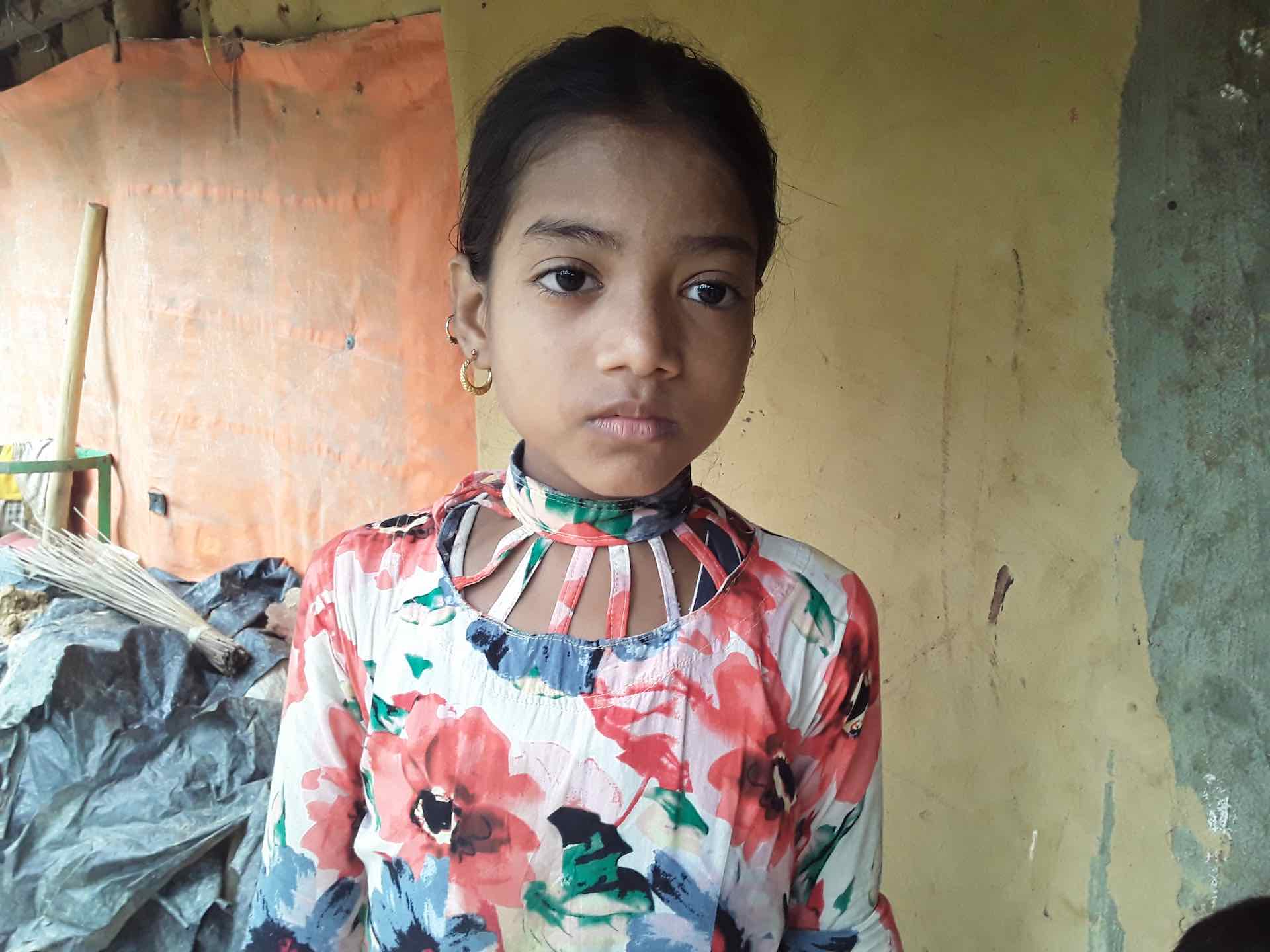
"Portrait of a Rohingya refugee girl."
Photographer:
RO MEHROOZ
First Prize winner - Rohingya life category
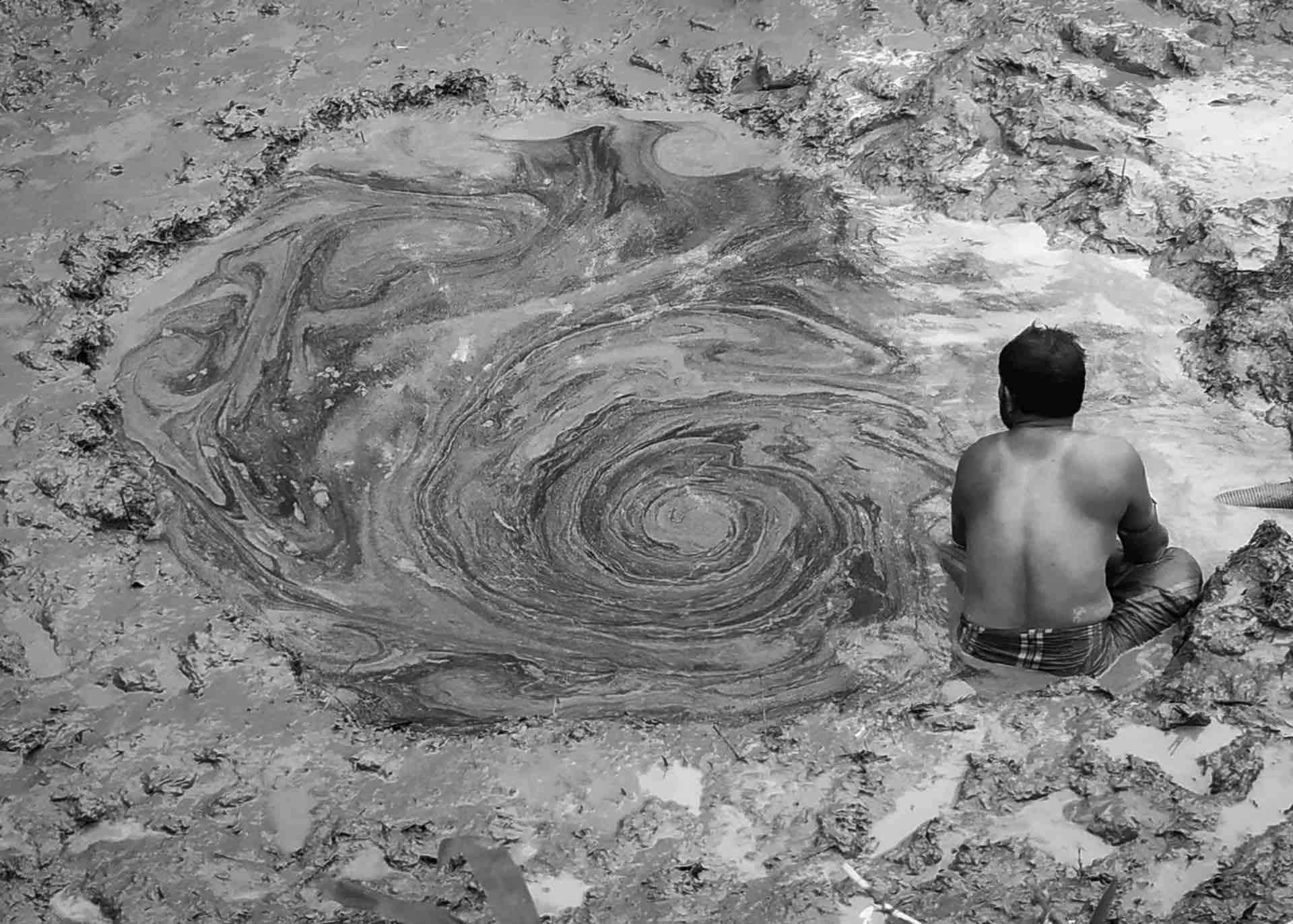
"The Refugee vortex - man sitting in water with algae & dirt."
Photographer:
ABDULLAH
Prize winner - Photo series category. Abdullah has been a refugee since 2017.
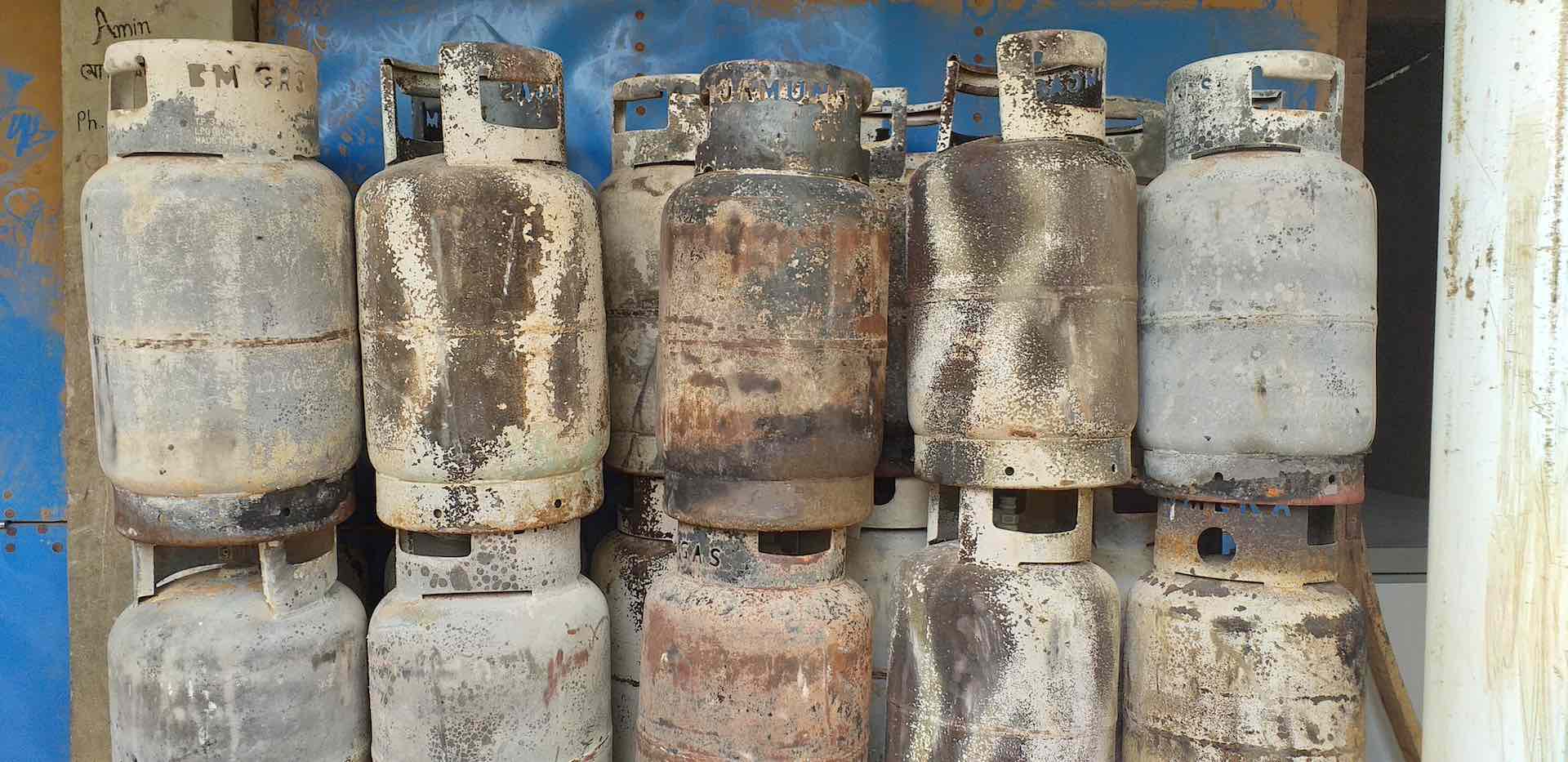
"Fire in the camps. This is all that is left"
Photographer:
RO YASSIN ABDUMONAB
Finalist. Rohingya Life Category
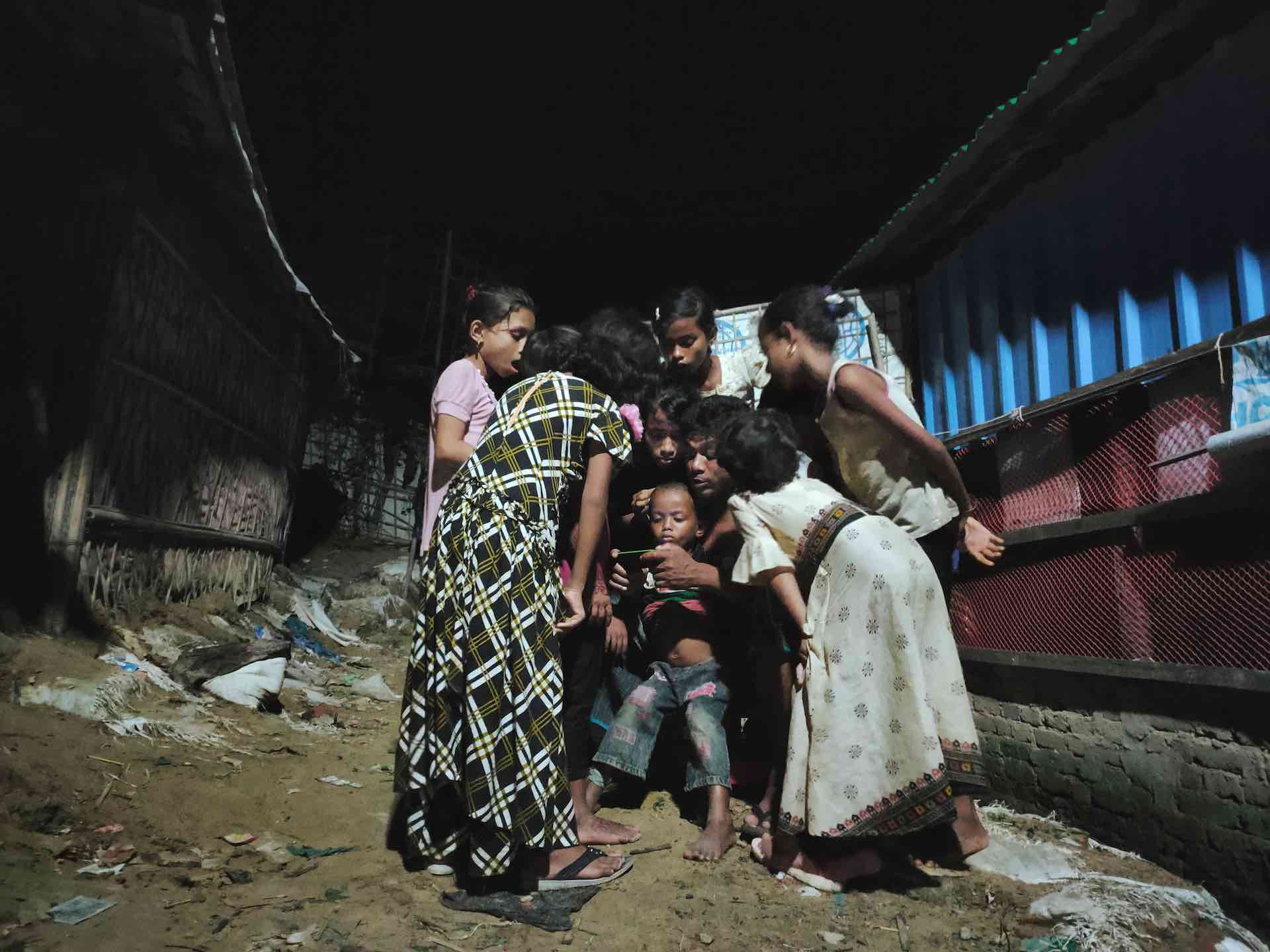
"Internet ban forced people to rely on 2G. Only some spots had any signal. And people would huddle."
Photographer:
RO MEHROOZ
First Prize winner - Rohingya life category
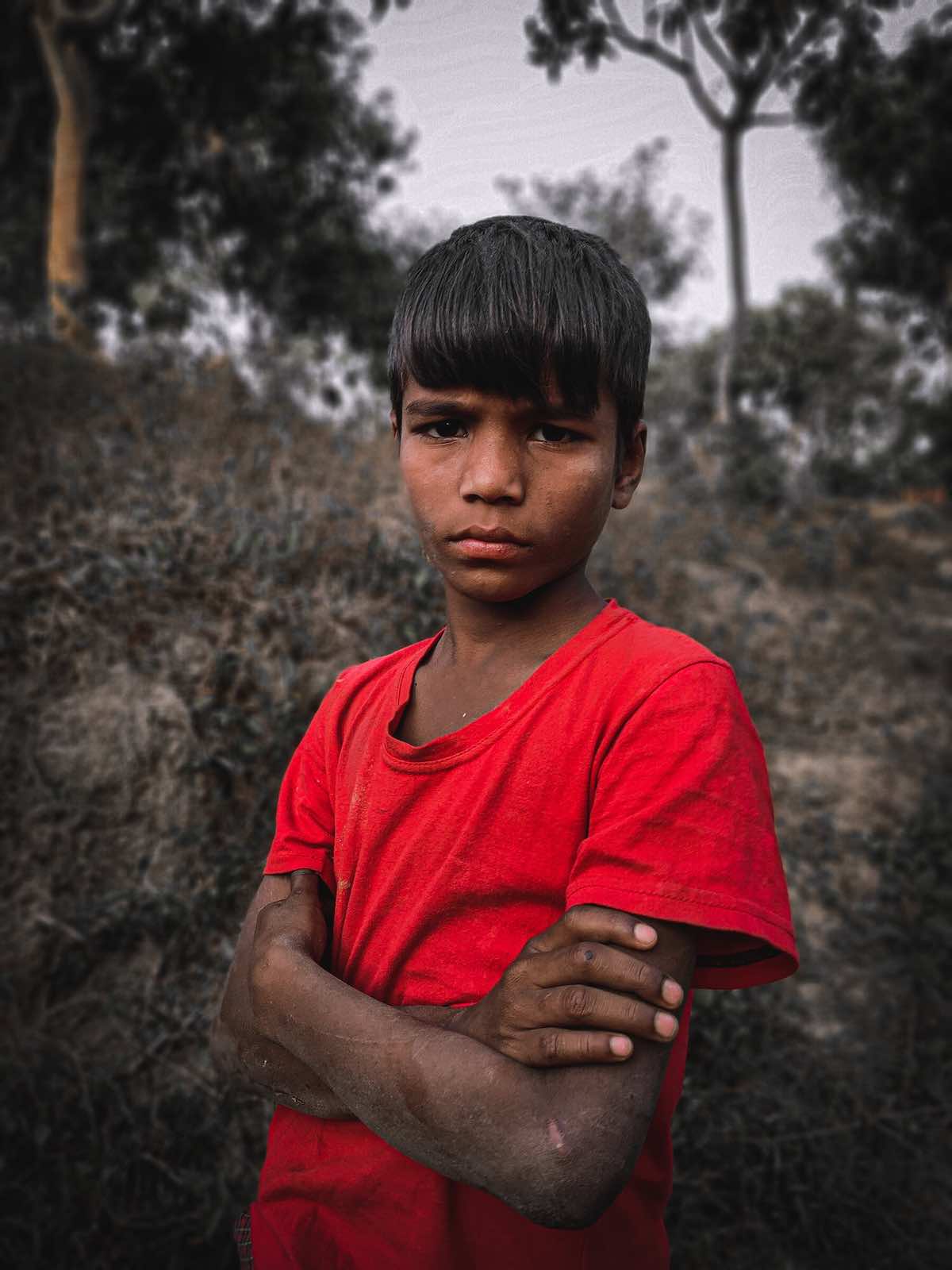
"Red & Cursed. Portrait of a Rohingya refugee boy."
Photographer:
MD JAMAL
Prize winner, Rohingya life category. Jamal was born in Bangladesh and has been a refugee all his life.
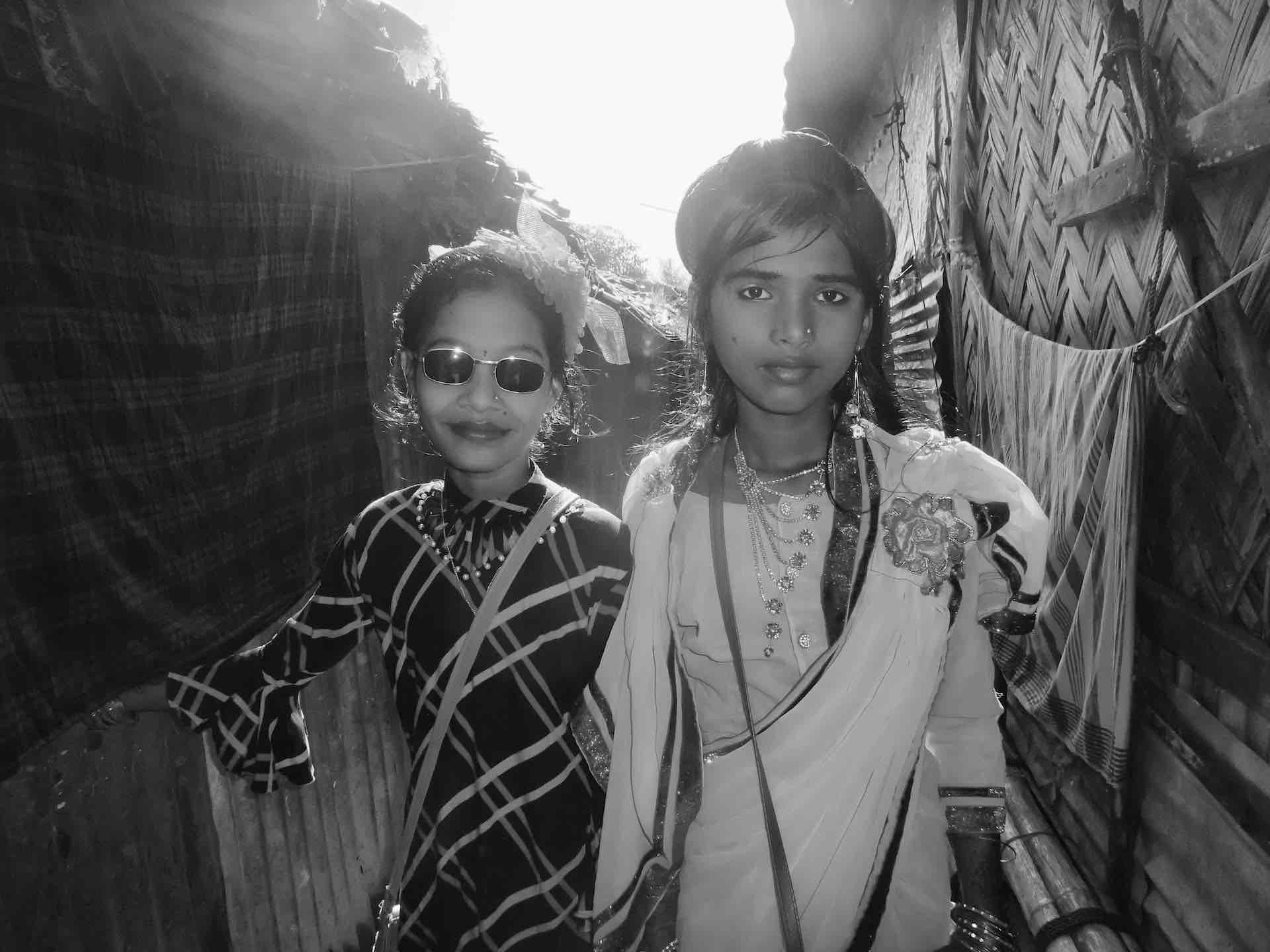
"All dressed up for Eid."
Photographer:
MINHAZ ASHIK
Rohingya life category
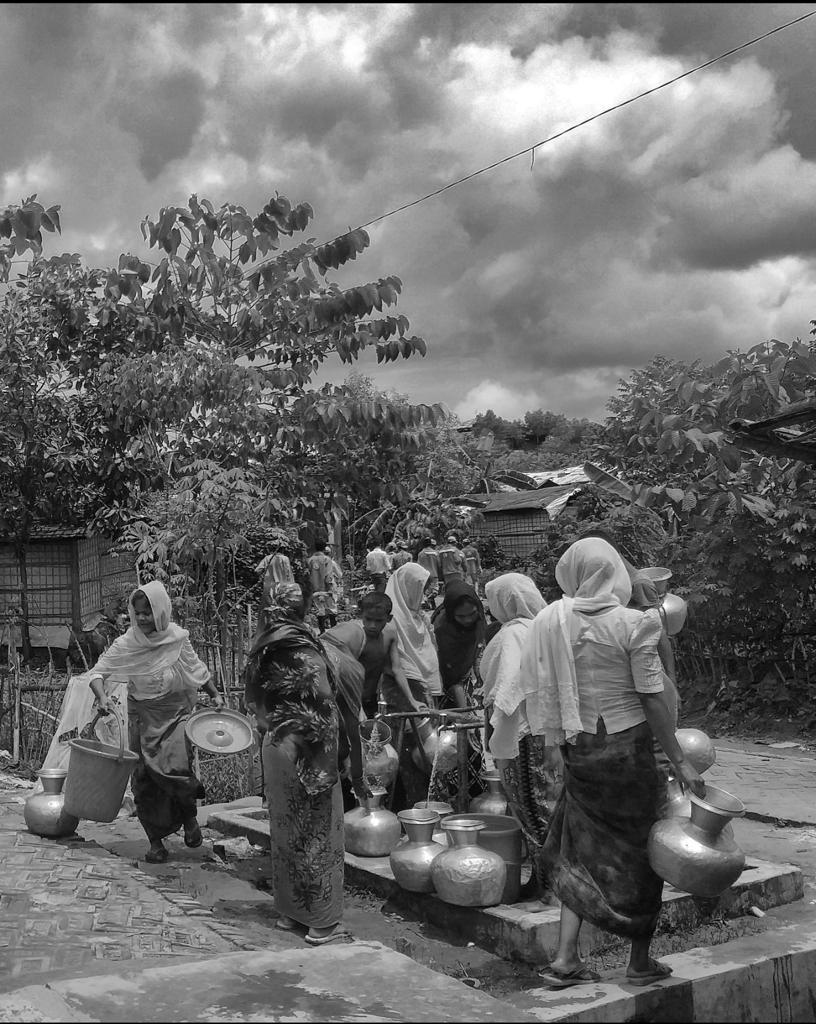
"Refugee women queue up to collect water twice a day. "
Photographer:
MAYYU KHAN
Finalist. Rohingya life category
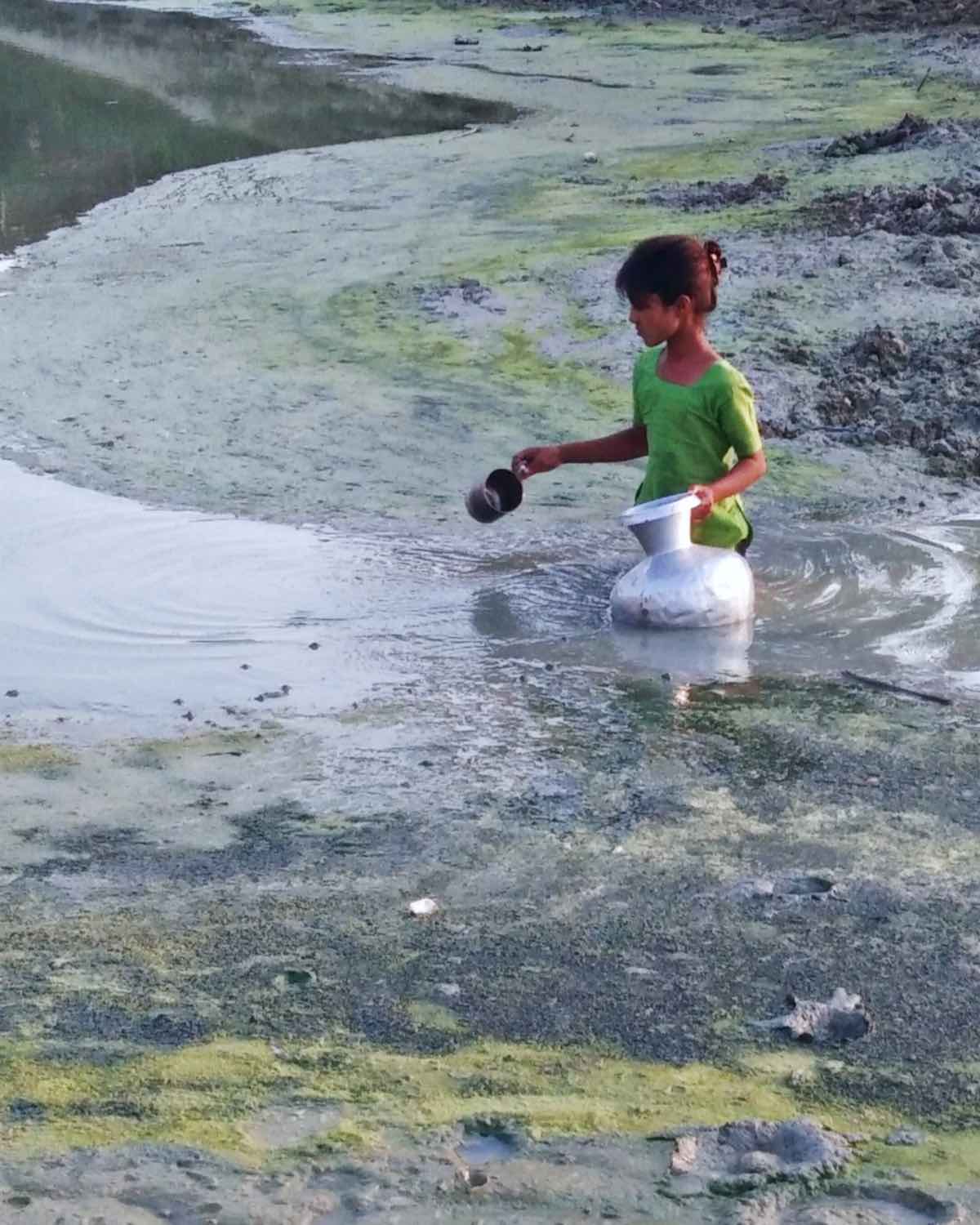
"The problem of water is an acute one."
Photographer:
NOOR HOSSAIN
Competition PR Photographer

"Girl wearing mask. "